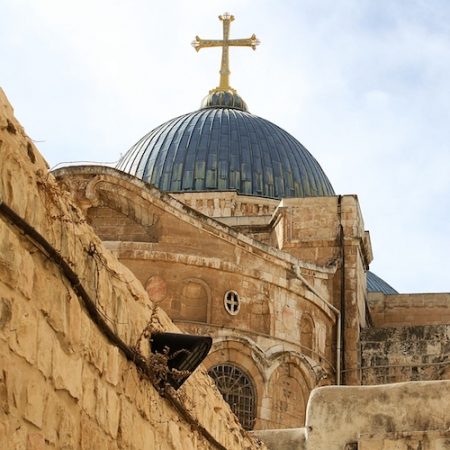Day 13 was a Friday so the first part could be lived as a normal day but the second half is charged with anticipation of Shabbat / the Sabbath.
We started as tourists visiting two sites of interest and relevance to the first century context of Jesus.
Our first visit was to Herodium – yet another, and the not the last, building project by Herod the Great who died in 4 BC – about when Jesus was born!
Herod attempted to solve his issues by building – and build he did -only this time he named it all after himself: ‘Herodium’, 13 kms south of Jerusalem. As part of the site preparation he even had a hill made to order. This was so that this palace and his mausoleum would be in line of sight with Jerusalem, which he respected but did not always feel safe in. So a hill was built up to the right height, in the right place, to provide the view he wanted. On top of the hill and within he built a palace with water somehow coming from Bethlehem across the valley.
This is not easy to capture in photos, but I provide a shot of the interior of the palace ruins as we saw it along with an archeologist’s reconstruction of what it would have looked like.
Herodium was the scene of stubborn resistance by Jewish rebels in both the Great Revolt of 66-70 AD and the Bar-Kochba Revolt of 135 AD. The rebels dug extensive water cisterns and underground passages which we walked through today.
Of interest to me was yet again an illustration of how kings operated in Jesus’ time. What we saw was the remains of power architecture – part of what kings did to claim and maintain power at all costs. An abundant supply of: limestone, water, labour and clever engineering supported Herod’s conquest by construction.
From Herodium it was then a bus trip to the Jewish Museum featuring the Shrine of the Book. Our interest here was primarily the Dead Sea Scrolls material on display. I was also very taken with the story and display of the Aleppo Codex which is an almost complete book of Hebrew Scriptures from the 9th Century AD. This is the basis for awesome scholarship of amazing texts.
But first, en route to the Jewish Museum, we passed a remarkable model of first century Jerusalem. Having walked several sites of the city this was very helpful. A few photos below show this scale model. Looking at the model it’s hard to imagine that the Temple and Temple Mount were just finished in AD 64-66, only to be totally destroyed four years later by the Romans in AD 70. Jesus saw it coming.
Our guide was keen for us to experience the Old City market preparing for Shabbat. So we were dropped off during the busiest time of preparations for Shabbat. The narrow covered lanes pulsed with a diverse sea of humanity such as I have never experienced. We bought some food items for our lunch the next day while taking in this very different place with barely enough room to move. To add to the fun it is a week before the general election in Israel and I was twice approached as a prospective voter. Perhaps it’s the beard?
After the market we enjoyed a free afternoon before walking to the Western Wall to pray and be there for the beginning of Shabbat.
The Western Wall Prayer Area is a very special place and I certainly felt the moment. See the message below at the access point. I made use of a kippah (Jewish skull-cap) and prayed at the wall. This is the closest accessible point to the place of God’s presence in what was the Holies of Holies on the Temple Mount in the Second Temple.
We were there before the official specified time of Shabbat for this week and saw the gradual influx of Jewish men from many diverse traditions into the space that is available for men. It was as if diverse church/synagogue groups were arriving, setting up for their prayer service and breaking out in their songs and sometimes dancing too. Fathers were there with their boys – even squabbling little boys in pushchairs – while women were across a barrier in another section. Older boys dragged lecterns and tables to be able to set up for reading prayers. It was a very different world and made me aware of how much we Western Christians follow Paul’s direction for ‘doing everything decently and in good order’.
The photo below is one I took when leaving in a zone where photos were permitted. The space was filling fast. From the point at which I took this photo I could also hear the Muslim call to prayer from the Al-Aqsa Mosque directly above on the Temple Mount.
Jerusalem is an amazing place.

The interior of the palace at Herodium today after excavation in the 1980s 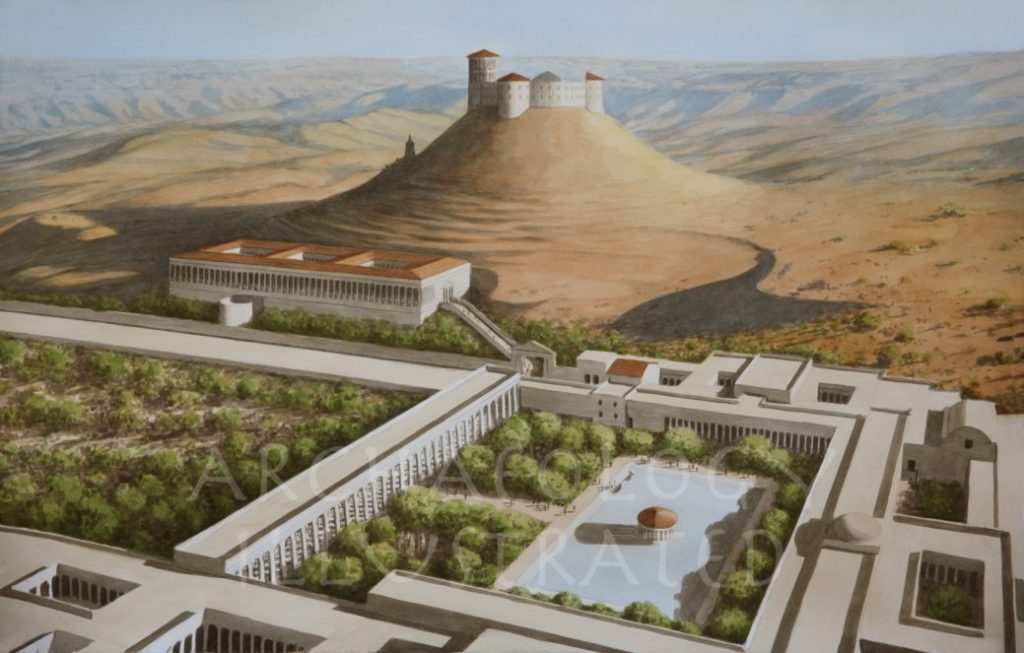
An archeologist’s impression of how Herodium looked when new in Jesus’ day. 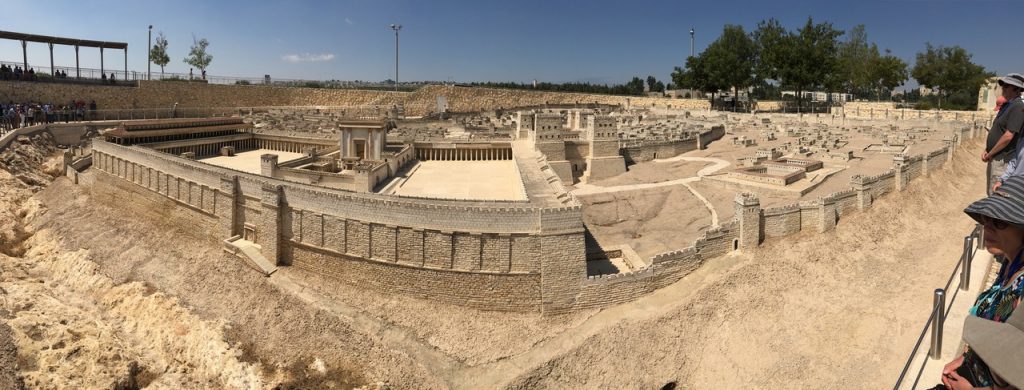
Scale model of Jerusalem as it was in Jesus’ day looking from the Mount of Olives to the Temple. 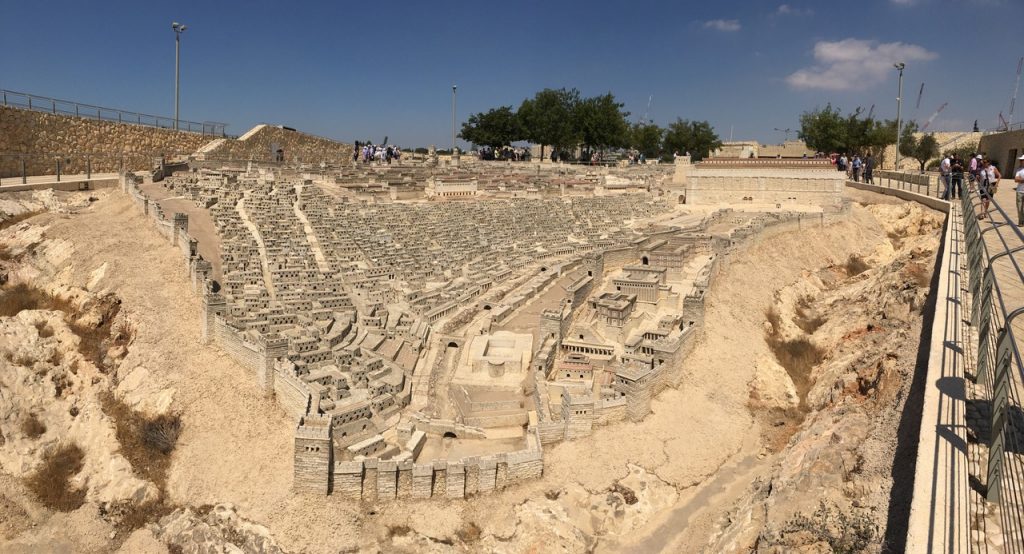
This view of the model looks at the city of David along the Gihon Valley towards The Second Temple. 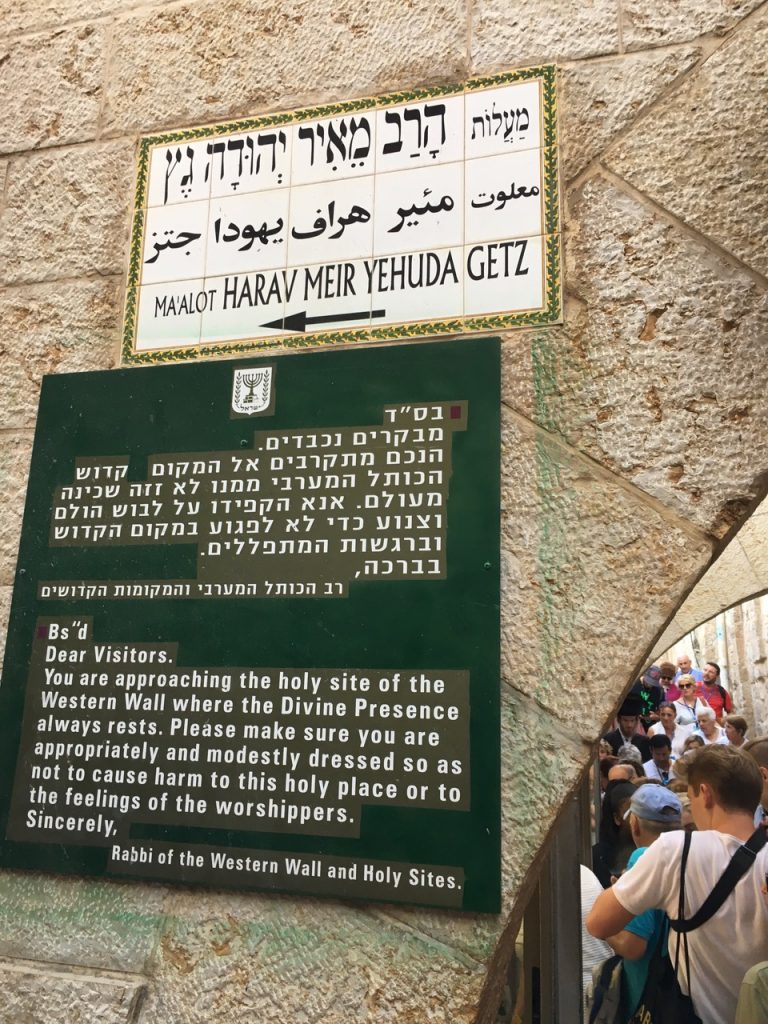
Sign just before security checks at the entrance of the Western Wall site. 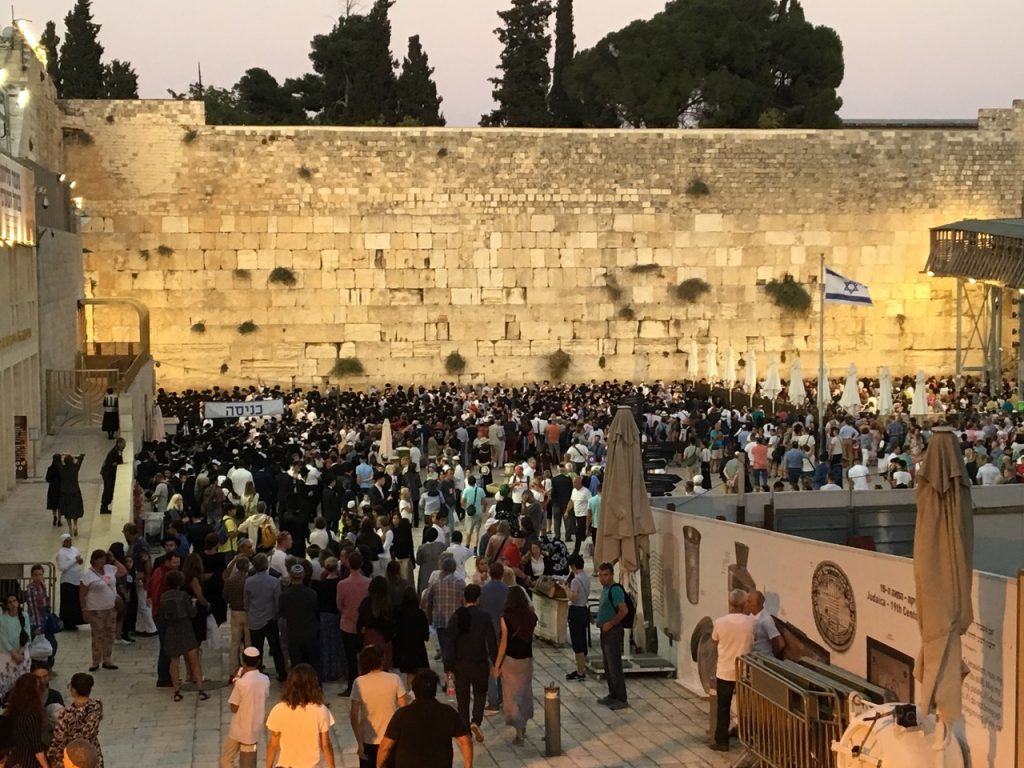
The scene just as Shabbat began looking at the men’s area with the women’s area over the barrier marked by folded sun umbrellas. What an atmosphere!
If I forget you, O Jerusalem,
Psalm 137:5 ESV
let my right hand forget its skill!
